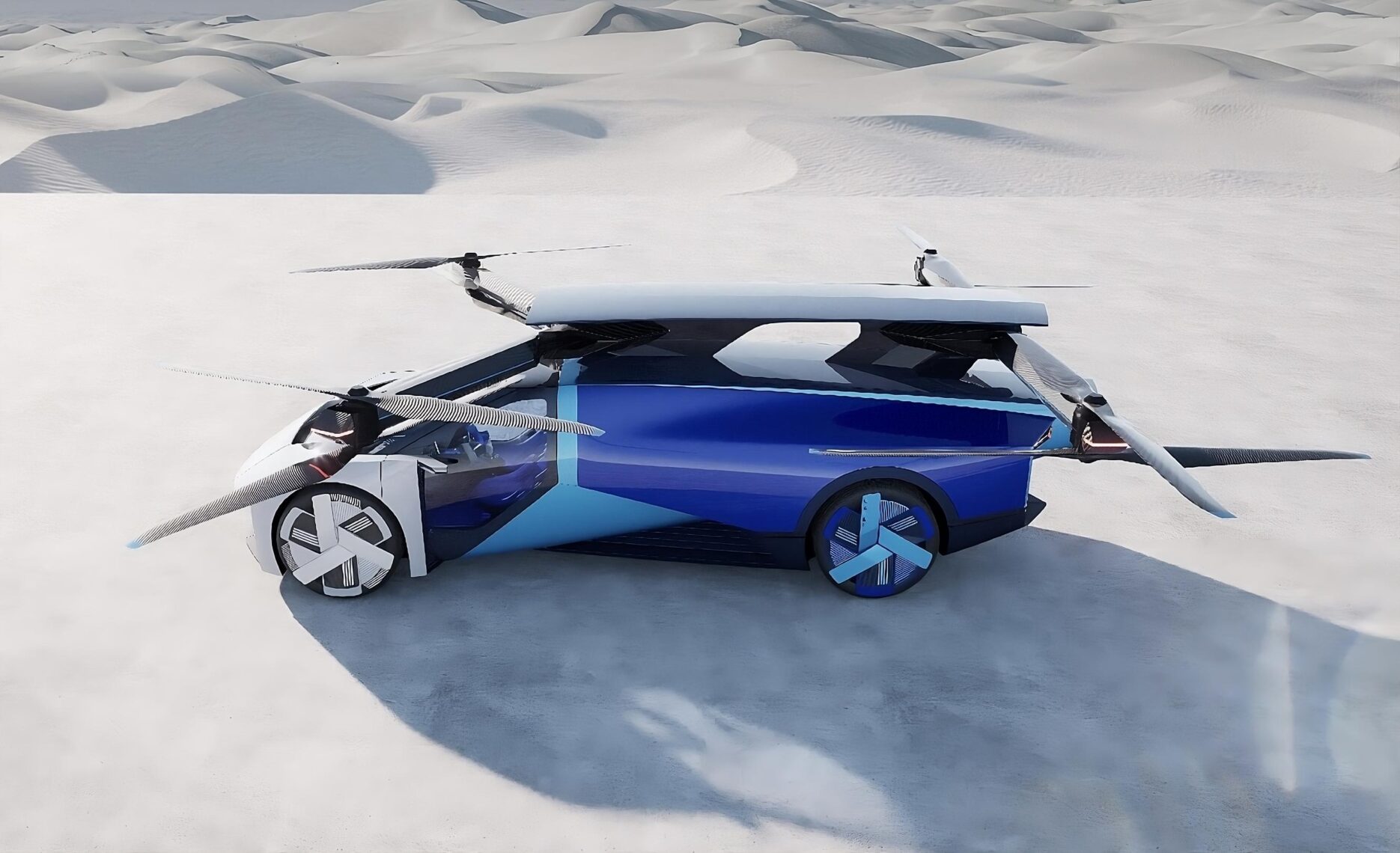On 1 April, CCID Consulting, an affiliate of the Ministry of Industry and Information Technology (MIIT) released a report on the “low-altitude economy” in China. This is not the first time the concept has been mentioned by a government-affiliated organisation. On 27 March, 4 government agencies, led by the MIIT released a guideline on the “general aviation industry” which has a large overlap with “low-altitude economy”. The term was also mentioned in the Central Economic Work Conference last December.
The “low-altitude economy” is an umbrella term for aviation below the altitude of 1 kilometre (3 kilometres in some definitions). This would include drones, electric vertical take-off and landing (eVTOL) aircrafts, as well as conventional aircrafts and helicopters, crewed and uncrewed.
On Weibo, China’s Twitter-like platform, the topic “low-altitude economy concept stocks surge” (#低空经济概念股暴涨#) gained 6.53 million views since 27 March. “Low-altitude economy concept stocks” refer to stocks of businesses related to the low-altitude economy sectors. This means that netizens are closely watching how the government’s focus on this industry will impact the stock market.
The CCID report states that in 2023, the “low-altitude economy” in China reached 505.96 billion RMB (69.92 billion USD), with a 33.8% year-on-year (YOY) growth. It is also projected to reach 1 trillion RMB (138.20 billion USD) by 2026 in the best-case scenario. The MIIT guideline, on the other hand, projects the “general aviation” industry to reach 1 trillion RMB by 2030.
Recent eVTOL crafts are built in the form of flying cars. Yes, the term low-altitude economy does include flying cars, but it doesn’t mean we are to see cities in China packed with spinners from Blade Runner or people cruising around mid-air like in The Jetsons. Currently, it mostly involves commercial drones and low-altitude air emergency services. Drones have already been put to practical use in package delivery but flying cars by domestic EV makers such as XPENG are still in the testing stages.
As the CCID report indicates, civil drones had already reached a market of 117.43 billion RMB (16.23 billion USD) and industrial drones 76.68 billion RMB (10.60 billion USD) in 2023. Meanwhile, the eVTOL market is merely 980 million RMB (135.43 million USD), but with a 77.3% YOY growth, it is projected to reach 9.5 billion RMB (1.31 billion USD). It seems that flying cars, if they are indeed mass-produced, will likely remain high-end and taxi only. But maybe soon, a ride in a flying car will be as commonplace as taking a family cruise or a ride in a limo.









